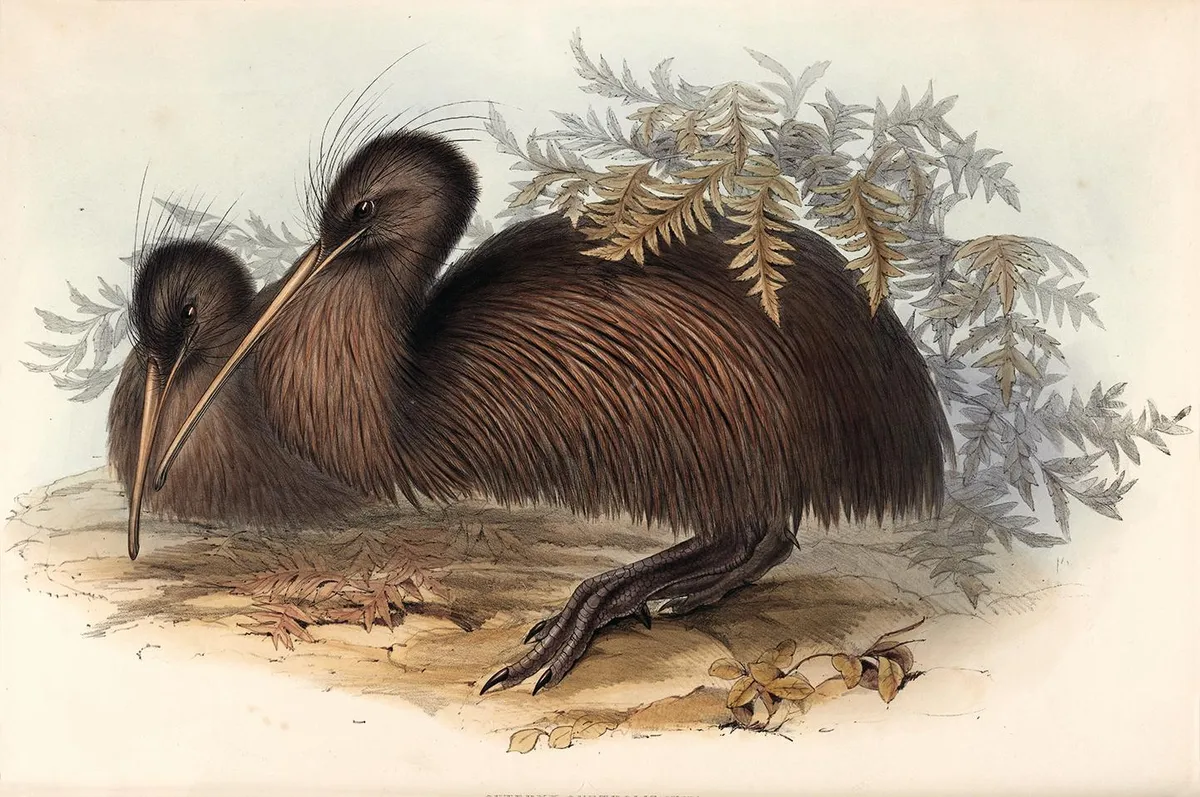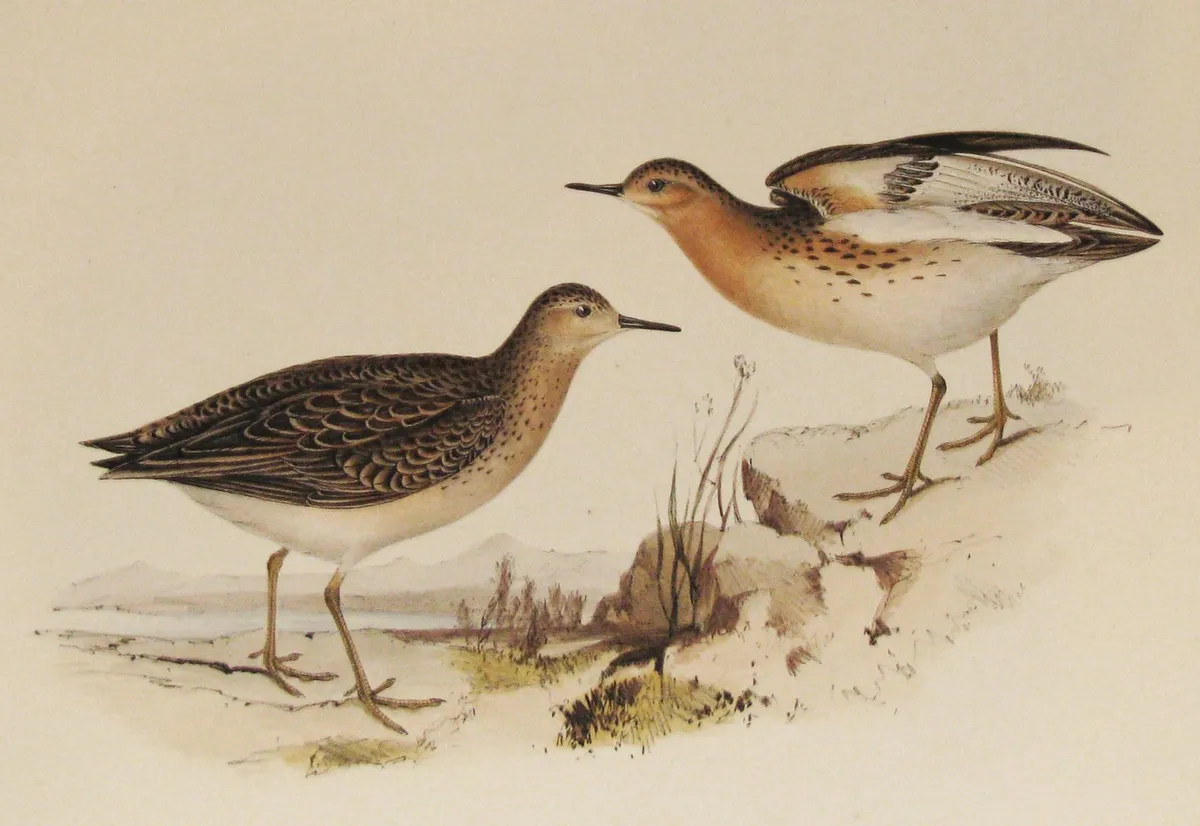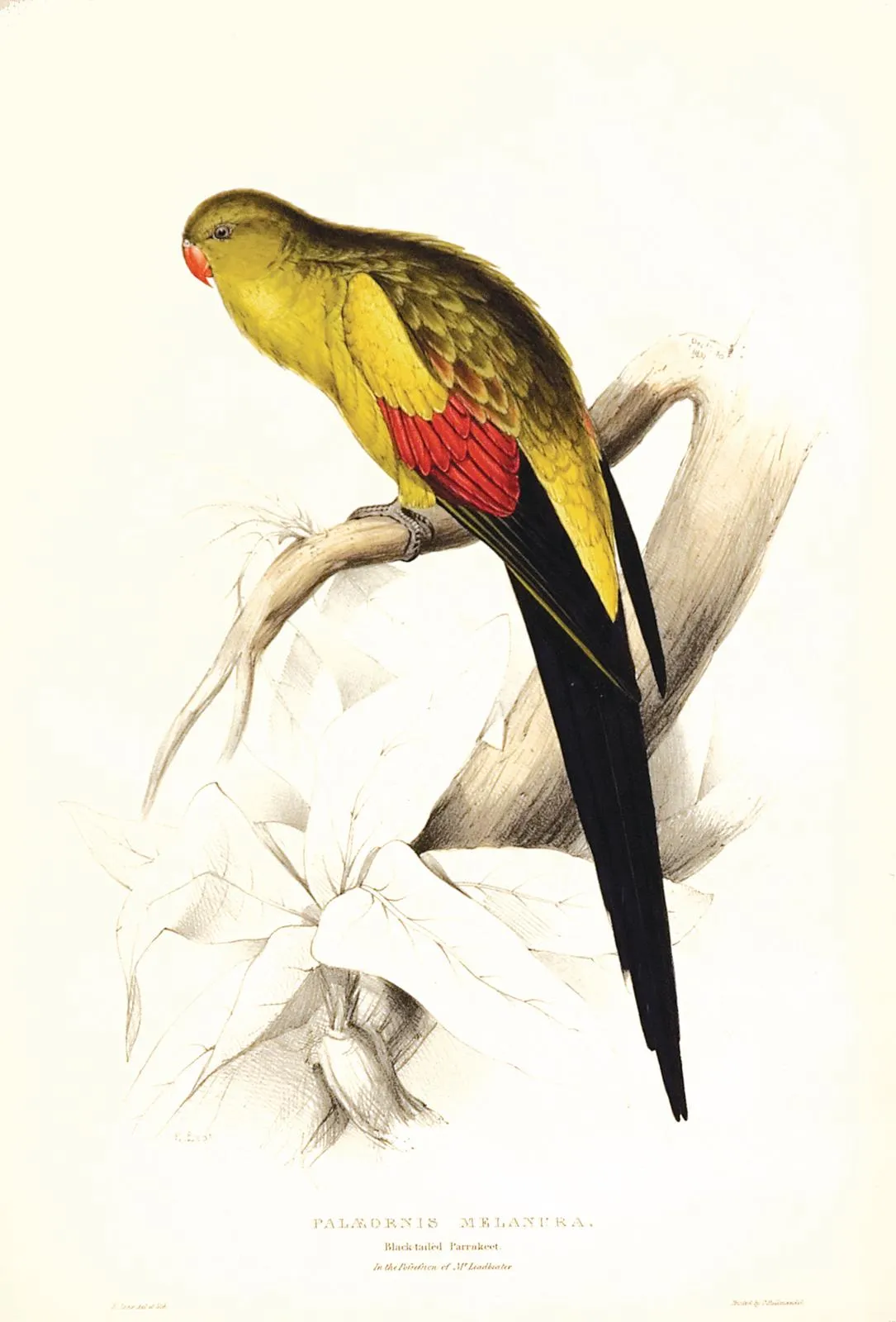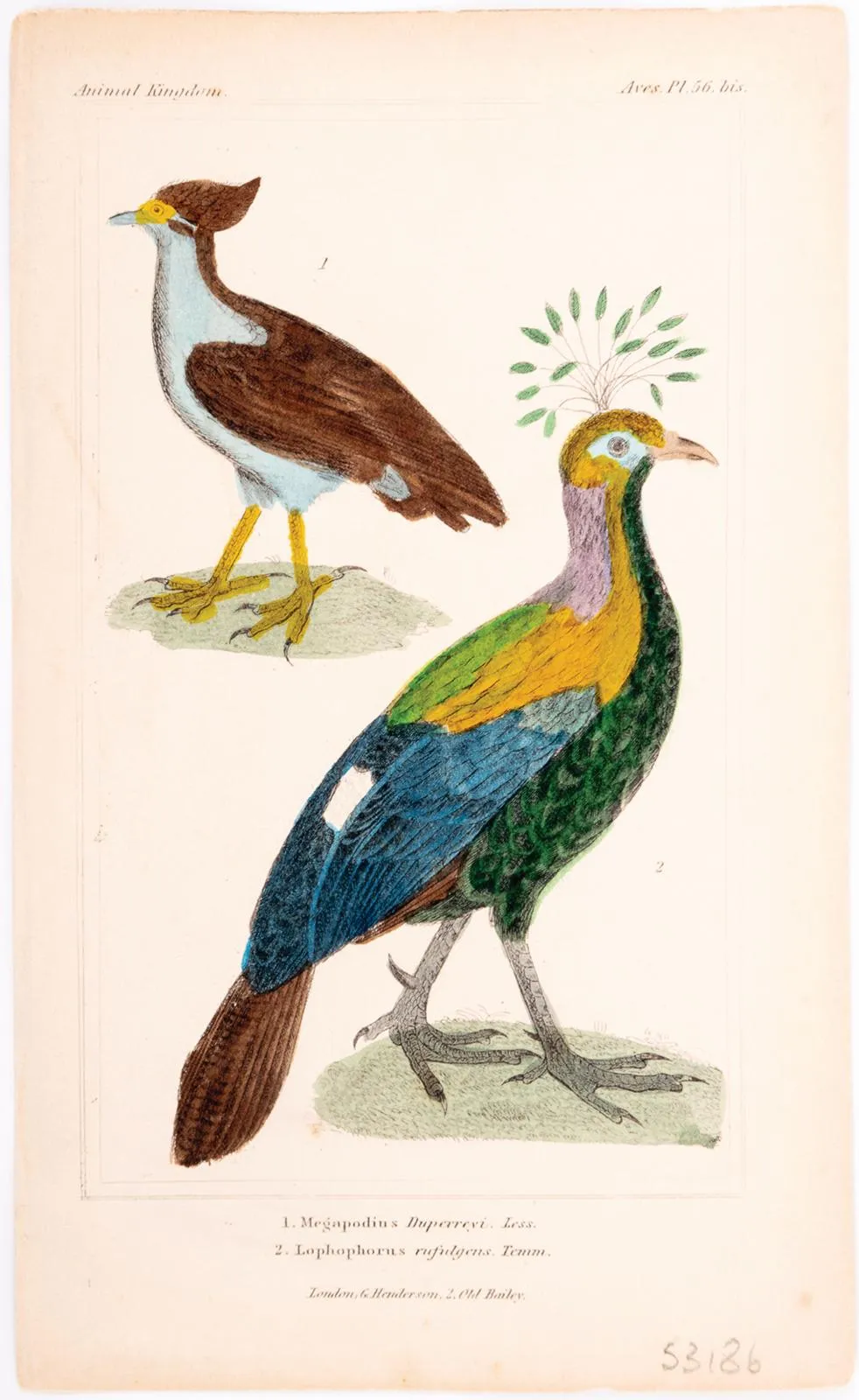Bending their mighty necks into ungainly contortions, the cranes and flamingos of John James Audubon’s astounding 19th-century book The Birds of America offer stately examples of why this artist-naturalist has become the biggest name in the history of ornithological art.
His masterwork, printed on ‘double elephant’ sized paper (around 40 by 27 inches), was the first to show each specimen in life-sized scale. As a result, even on this roomy canvas, the leggiest, longest-necked species of bird demanded a certain creativity in positioning to fit them in.

Although Audubon was by no means the first to paint birds – paleolithic owls daubed in ancient caves, or symbolic medieval images of fowl offer older representations – his work is exemplary of a time when this art form took on a genre of its own.
In the late 18th and 19th centuries, as explorers and naturalists ventured further into the unknown and a public craze for science and nature grew, those who charted the world’s birds bridged the gap between science and art. Rendering their subjects in increasingly lifelike detail, they created beautiful hand-coloured artworks that remain impressive to this day.
‘The ornithological art of the 19th century – and earlier – was done as a way of classifying the birds of the world,’ says David Goldthorpe, Head of Books and Manuscripts at Sotheby’s. ‘Obviously there was no such thing as photography at the time, so they had to resort to illustration and this resulted in some very beautiful scientific artwork.’
You might also like collecting vintage school charts
This marriage of aesthetic appeal and scientific precision is at the very heart of these pieces of art – as is the vivid glimpse they offer into an important movement, at a time when knowledge of the natural world was developing faster than ever.

David Isaac of Isaac and Ede, a specialist antiquarian prints dealer, agrees there are many reasons for their appeal: ‘Ornithological artists accompanied both warships and trade vessels to far-flung parts of the world and returned to port with bulging notebooks, portfolios of sketches and even stuffed examples captured in the field. The appeal of bird prints lies in the universality of interest across cultures, the beauty and variety of the specimens, and the uncontroversial nature of the subject.’
You might also like how to display botanical prints
Another attraction is their meticulous palette. ‘The colours in almost all of these illustrations were applied by hand,’ explains David Goldthorpe. ‘You’d have a black-and-white base, which in the earliest days would be a woodcut, then maybe an engraving, then later on in the 19th century lithography, which was printing from stone. So you’d draw the picture of the bird on a stone, then print from this and it would be hand-coloured, giving a much more lifelike appearance.’
Audubon was American, but Britain had its share of top-class artists, whose work is still hugely sought after and who put together endless volumes sorting and showcasing the birds of the world. Notable names in the field include George Edwards, whose feathered specimens have a characterful appeal, and John Gould, who oversaw painstakingly detailed depictions in his books and who employed a host of talented illustrators.
These included his wife, Elizabeth, and Edward Lear, who is today better known for his nonsense verse, but was also a skilled ornithological artist. He has a host of modern-day fans, notably David Attenborough, who has spent years collecting Lear’s work.
So, how affordable is antique ornithological art today? ‘The exciting aspect of collecting ornithological prints is that prices can start from a few pounds,’ says David Isaac. ‘At entry level, there are book illustrations that accompanied the insatiable Victorian appetite for natural history. Whilst these are preferably enjoyed in their bindings, many have made it onto the open market in loose form. Don’t expect any resale or collectable value here; these are purely decorative.’
As David Isaac says, these works were originally made to be enjoyed within the context of a complete book, giving its owner a greater overview of the subject. As such, it’s a market worth exploring for those who love natural history art, and it’s possible to pick up some volumes for under £1,000.
David Goldthorpe cites FO Morris’s A History of British Birds as a good example: ‘In the mid to later 19th century, there were smaller-format books like that of Morris, which still has hand-coloured illustrations but may go for around £400–£500 at auction.’ In addition, ‘Thomas Bewick’s A History of British Birds isn’t coloured but includes very charming woodcut illustrations of the birds of Britain.’
The top end of the market is pretty crowded, with Audubon at the summit. His Birds of America is one of the rarest books in the world with only 119 copies, which attract several millions of pounds when they appear at auction. Plates from his books alone can fetch tens of thousands.
PJ Selby, Mark Catesby and Daniel Giraud Elliot are other artists to look out for, as well as John Gould. ‘Gould’s The Birds of Australia is worth around £150,000,’ says David Goldthorpe, ‘and his Birds of Asia is about £70,000.’ Accordingly, plates from Gould’s works often cost in the high hundreds and above.
‘As with most collecting fields there is (excuse the ornithological pun) a “pecking order” for which prints command the best prices,’ says David Isaac. ‘Prominent artists and engravers are paramount, but other factors include condition, colour, size, popularity of the bird and scarcity of image. Colourful parrots cost a great deal more than drab seagulls, for instance, and Gould’s toucans will cost more than his small songbirds.’
There is a vast choice out there, thanks to the adventurous artists and naturalists of past centuries. Undertake a little research to find the subjects and artists that speak to you before you start buying, and find a reputable dealer to guide you through the market and get you started… then your collection can really take flight.
Where to see ornithological art
Ruskin Collection at Millennium Gallery, Sheffield
Victoria Gallery & Museum, Liverpool
Where to buy ornithological art
- Isaac and Ede
- Peter Harrington
- Sotheran’s
- Shapero Rare Books
- Auction houses like Sotheby’s for natural history works
What to look for
Complete sets of books are most sought after in the field of ornithological art. When buying prints, buy what appeals, rather than hoping for resale value, and buy from a reputable dealer who can guide you through the market and guarantee authenticity.
Price range
Varies hugely. From a few pounds for small plates by anonymous artists, moving into the thousands for big-hitting artists. Ornithological books command anything from a few hundred pounds for small-format editions to hundreds of thousands (or more!) for the rarest and most famous volumes.
Display & care for antique bird prints
As with other antique artworks, ornithological artworks shouldn’t be placed in bright sunlight. Enlist an expert framer to mount, and ensure pieces are kept in a cool, clean, dry place when storing.




